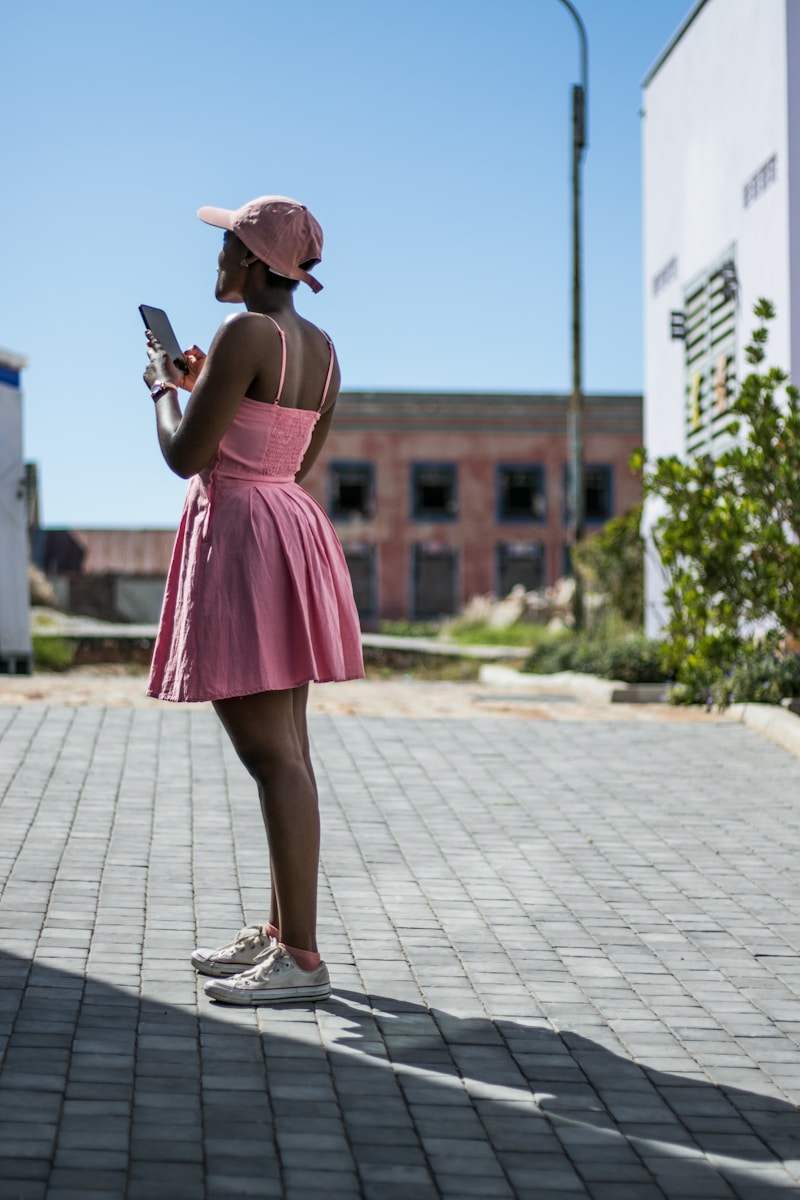Understanding Special Conditions for Bridal Alterations: A Comprehensive Guide
What Are Bridal Alterations?
Bridal alterations play a crucial role in ensuring that a wedding dress fits perfectly. These modifications can involve anything from adjusting the hemline to enhancing the bodice, ensuring that every bride feels her best on her special day. However, there are specific conditions and details that brides should consider when it comes to alterations.
Why Are Special Conditions Important?
Every bride is unique, and so is every wedding dress. Understanding the special conditions for bridal alterations ensures that brides have realistic expectations and can communicate their needs effectively.
Key Factors to Consider
| Factor | Description |
| Timing | Ensure alterations are scheduled at least two months before the wedding day. |
| Budget | Be prepared for additional costs; most alterations range from $100 to $500. |
| Fabric Type | Different fabrics require various techniques that can affect the alteration process. |
| Designer Specifications | Some designer gowns may have specific alteration guidelines to follow. |
Types of Bridal Alterations
Bridal alterations can encompass several different adjustments. Here are some of the most common types:
1. Hemming
Hemming is one of the most common alterations. Whether your dress is too long or too short, a skilled tailor can create the perfect length.
2. Taking In or Letting Out
If your dress doesn't fit perfectly around the bust, waist, or hips, taking it in or letting it out can dramatically improve the fit.
3. Adjusting Straps
Straps can be shortened or lengthened depending on the desired style and comfort of the bride.
4. Adding a Train or Bustle
Brides may choose to add a train for dramatic effect or a bustle for ease of movement during the reception.
Common Questions About Bridal Alterations
Brides often have several concerns regarding alterations. Here are some frequently asked questions:
What Should I Bring to My First Fitting?
It's essential to bring the shoes you plan to wear on your wedding day and any undergarments you will be using, as these can affect the fit.
How Many Fittings Will I Need?
Typically, brides will need three fittings: the initial fitting, a second fitting to assess any changes, and a final fitting to ensure the dress is perfect.
How Much Do Alterations Cost?
Costs can vary significantly based on the complexity and location of the alterations. Generally, alterations can cost anywhere from $100 to $500.
Choosing the Right Tailor
Finding a skilled tailor who specializes in bridal alterations is crucial. Here are some tips for making the right choice:
1. Research Local Tailors
Start by researching tailors in your local area who explicitly mention bridal alterations.
2. Read Reviews
Look for testimonials and reviews from previous clients to gauge the quality of their work.
3. Ask for Recommendations
If you know other brides, ask them about their experiences and if they would recommend their tailor.
4. Schedule Consultations
Most tailors will offer a consultation where you can discuss your needs and assess their expertise.
Best Practices for Bridal Alterations
To ensure the best results from your bridal alterations, follow these best practices:
1. Communicate Clearly
Be open about your preferences and expectations with your tailor, and don't hesitate to ask questions.
2. Take Notes
Keep track of what alterations you want and any discussions during fittings to stay organized.
3. Set Realistic Expectations
Understand that not all alterations will achieve the exact look in your mind, but a good tailor can get close.
4. Plan for Adjustments
Brides often experience body changes leading up to the wedding. Be proactive about scheduling a fitting closer to the day if needed.

Final Thoughts
Bridal alterations are a critical component of the wedding planning process. Understanding the special conditions surrounding them ensures a smoother experience and a stunning final result. It's essential for brides to consider the timing, budget, types of alterations, and tailor selection to make their special day perfect. By taking these factors into account, brides can ensure their wedding dress fits like a glove and looks stunning on their special day. Remember, clear communication with your tailor and realistic expectations will lead to the best outcome for your bridal alterations.
In summary, while bridal alterations may seem daunting, they are an opportunity to customize your dream dress and ensure you look your best as you walk down the aisle. Happy planning!